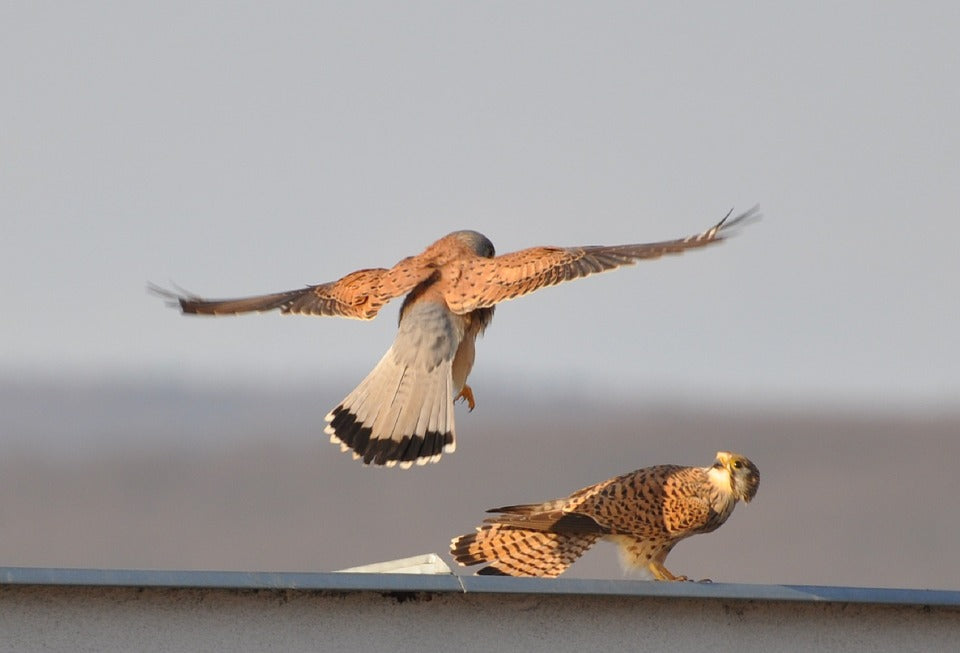Offer
Provide additional details about the offer you're running.
Provide additional details about the offer you're running.
Provide additional details about the offer you're running.

Spring marks many things on the bird watchers calendar; the return of our migrant birds along with the courting, breeding and nesting season. Spring brings on the breeding season for most birds as they come together and fertilize eggs. Birds will initially enter a courtship period before finding their mate(s) and while the body parts might differ slightly from other members of the animal kingdom; most of the breeding rituals bear resemblance to other species of animals.
Most birds do not have the same reproductive body parts as mammals. Instead, both male and female birds have an opening called the cloaca. This opening serves many different purposes, from going to the washroom and their reproductive systems. When a female bird is ready to mate her cloaca swells and protrudes from her body. When the birds are ready to breed, the reproductive system works to produces either the ova or semen.
However, before birds actually physically mate there is a long period of courtship. Courtship may include several phases that range from claiming territory and wooing their prospective mate with visual displays – spectacular flights, elaborate songs or sometimes a bird will even give a flashy dance for his mate. The main purpose of courting is allowing the male to display his health, strength and his ability to breed and create strong and healthy offspring.
Once the courting part is finished the birds will engage in the actual act of breeding. This typically looks like the male bird balancing on the female bird, she will then move her tail aside and her cloaca rubs against the male’s cloaca. This act may last less than a second – however, the sperm is transferred on what is typically called the “cloaca kiss”. Interestingly enough, birds will actually remain aroused by their hormones for over a week, allowing them to mate several times over the course of the week in order to increase their chances of fertilization.
Waterfowl birds mate relatively similarly, only with slight differences in the physical make-up of their cloaca. As most of these birds will mate in the water, their cloaca will take on a more defined shape to ensure the safe and effective fertilization of the female’s eggs. Eggs may be laid in just a few days or over the course of a few months.
So next time you get excited about odd or weird bird behaviour that you may be witnessing, perhaps you are actually watching their act of mating. Hang tight, and if these birds are taking to a nest near to your backyard, you may very well be hosting the next generation of your backyard birds.
High Quality Blend